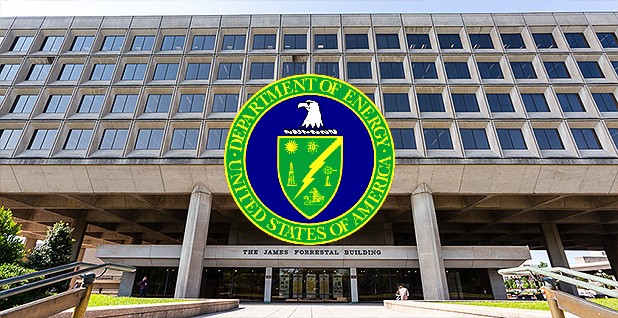The U.S. Department of Energy (DOE) has opened a $2.25 billion funding program for carbon sequestration or CO2 capture and storage projects to more applicants after selecting the first batch of 9 winners with a $242 million funding round.
The $4.9B Funding from Bipartisan Infrastructure Law
In November 2021, President Joe Biden signed the Bipartisan Infrastructure Law, a once-in-a-generation investment to tackle the climate crisis. The law earmarked about $12 billion to carbon management, specifically to carbon capture, storage, and transportation of CO2.
Under this law, the DOE revealed its $4.9 billion funding for 3 carbon management demonstration and deployment programs. These funding opportunities seek to slash emissions from power generation and sectors that are difficult to decarbonize like steel and cement.
According to the Energy Secretary, Jennifer Granholm, the series of funding initiatives are crucial in meeting Biden’s goal to reach a net zero economy by 2050.
The Department also launched four programs with $3.7 billion funding to help scale up the carbon dioxide removal industry. These include the $115 million prize awards to Direct Air Capture technologies to bolster different approaches to DAC. The program also includes building regional DAC hubs in the country.
DOE’s $2.25B Program for Carbon Capture and Storage
One of the Department’s new funding opportunities is the $2.25 billion for the validation and testing of large-scale, commercial carbon storage projects. Qualifying projects should be capable of storing 50 million tonnes of CO2 and the Department just revealed the winning applicants.
- The agency picked 9 commercial carbon storage projects qualified for federal funding. These winning projects are found in the Midwest, West and on the Gulf Coast.
The recipients include 4 higher education institutions, BP PLC subsidiary BP Corporation North America, and the Southern States Energy Board.
Pointing out that the funding wisely focuses on carbon storage projects, an executive from the Carbon Capture Coalition stated:
“The US has abundant, well-characterized carbon storage capacity that can safely and permanently store billions of tons of carbon dioxide emissions, but currently lacks the necessary infrastructure and capture facilities to fully utilize this potential”.
Indeed, the recent funding announcement will help address that infrastructure gap.
Earlier this year, the DOE also rolled out $2.52 billion to fund 2 carbon capture initiatives. These are the “Carbon Capture Large-Scale Pilots” and “Carbon Capture Demonstration Projects Program” seeking to cut emissions from hard-to-abate industries. The main goal is to speed up and boost investment in technologies that capture, transport and store carbon.
All these funds for carbon capture and removal projects are part of the total of $62 billion dedicated by the bipartisan infrastructure law for DOE’s research, development, demonstration, and deployment of clean energy technologies.
Expanding Carbon Capture and Storage
Complementing the Bipartisan Infrastructure Law, the Congress expanded the tax credits for carbon capture in the 2022 Inflation Reduction Act. It awards polluters up to $85 for every metric ton of carbon captured and stored safely underground.
- As per DOE’s estimates, actions under the two laws will result in 40% emissions reduction against 2005 levels economy-wide.
The agency further said that the remaining funds for carbon storage are available under a broader scope. The funding program now includes early-stage development projects while expanding the definition of carbon storage to support more offshore projects. Project developers can apply under the program until July 6.
The Department also selected 3 carbon transportation projects in Texas and Wyoming to receive funding from another program. Together, they’ll get a total of $9 million for engineering and design activities.

